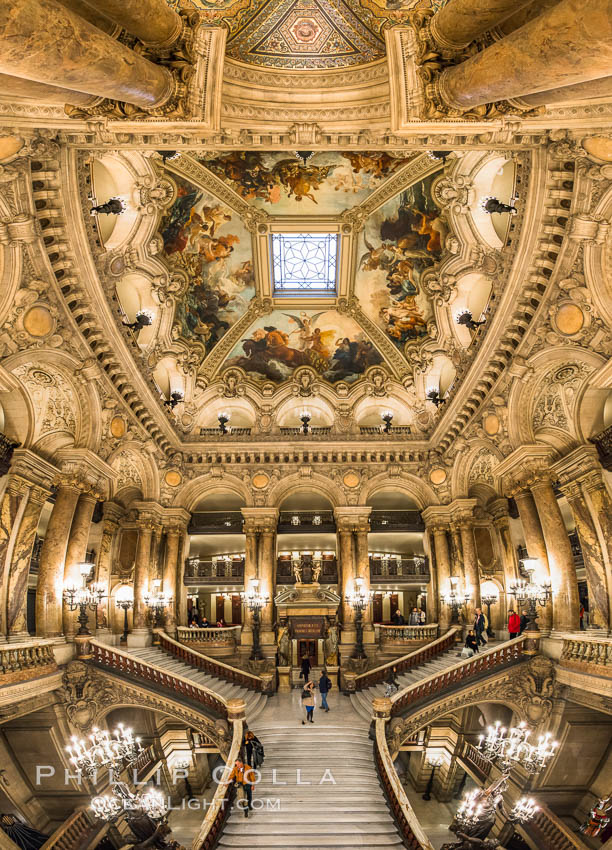

Though undoubtedly these would have occasionally been used to view the performers on stage, we can now also imagine them being used to peer down on quite another kind of performance, carried out by the audience. Understanding the cultural but also social role of the opera in late 19 th and early 20 th century France provides insight into the way this object would have been used. This description of the Opera House brings us to the opera glasses, or theater binoculars, an object that would have been used in this setting. The horseshoe shaped floor plan coupled with the tiered galleries and boxes for seating facilitated constant people-watching even during performances. In fact the “greatest proportion of space in the building is devoted to circulation spaces and lobbies… which provides the perfect stage on which the opera-goers can parade and exchange greetings.” Įven inside the theater Garnier implemented a design that would better allow people watching. In addition, the landings at the top of the stairs provided perfect vantage points for those who wanted to glimpse who was entering the theater. With this staircase, Garnier was able to give people a chance to flaunt their outfits and be watched as they ascended or descended the impressive and monumental staircase with their partners.

Because Garnier wanted his design to reflect the main functions of the opera and to best facilitate the opera’s activities, this realization had a large impact on his design. A main feature of the entrance is the grand staircase, which commands attention from all who step inside. Furthermore, they wanted everyone else to know that they were there. People went to the opera to ‘see and be seen.’ They would look to see who else was there, what they were wearing, and who they were with. In these preliminary studies, Garnier also realized something surprising about the function of the Opera House in the late nineteenth century Garnier discovered that most of the visitors who attended the opera came less for the music and performances, and more for the high society social scene. His findings powerfully informed his design for the theater in the way that the grand entrance and circulation paths encouraged movement through the space. Garnier also carefully observed crowds moving through public spaces in order to understand how comfortable people are when very close to each other, as well as to determine the optimal personal space between strangers. Garnier carried out careful and extensive studies on the way people circulate through space in order to design the structure in the most effective and functional way possible. However, Garnier’s design goes well beyond style. With its heavily ornamented Second Empire Baroque style exterior and its sumptuous and ornate interiors, Garnier successfully designed a new cultural hub for the French social elite. Between 18, French architect Charles Garnier designed the new Paris Opera House.


 0 kommentar(er)
0 kommentar(er)
